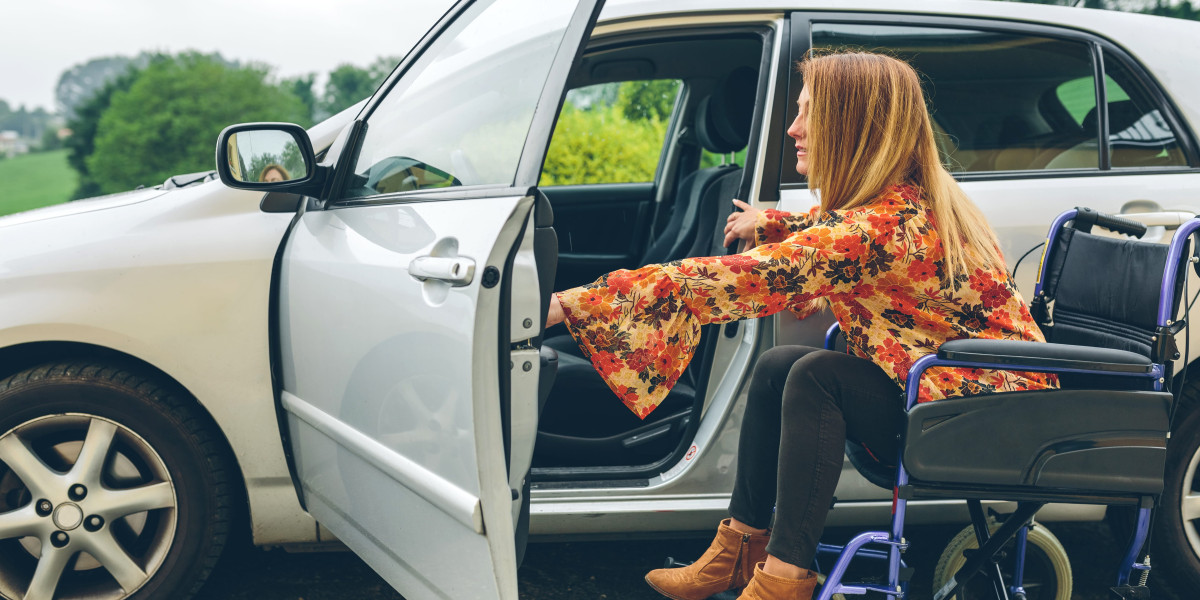Understanding Rollators for Walking: A Comprehensive Guide
Rollators are an important mobility aid that enhances the liberty and self-reliance of those with limited walking capabilities. They are developed not only to offer stability and assistance however likewise to motivate mobility and engagement in day-to-day activities for people of any ages. This post dives deep into the world of rollators, supplying insights into their features, benefits, types, maintenance, and crucial factors to consider when selecting the most suitable design.
What is a Rollator?
A rollator is a mobile walking aid equipped with four wheels, handgrips, a seat, and often includes extra functions such as storage baskets and brakes. Unlike traditional walkers, which require the user to raise them off the ground, rollators can be pushed along as the user walks, making them particularly helpful for people with limited strength or balance.
Key Features of Rollators
Rollators consist of numerous functions that improve their usability:
- Wheels: Most rollators include swivel or fixed wheels for much better maneuverability indoors and outdoors.
- Brakes: Hand brakes enable users to control their speed and stop safely.
- Seat: Many rollators supply a built-in seat for users to rest when required.
- KMINA Lightweight 4 Wheel Rollator with Seat Frame: Constructed from lightweight materials, rollators are simple to raise and transport.
- Adjustable Height: Most rollators permit height modifications to accommodate the user's stature.
Benefits of Using a Rollator
Using a rollator offers many benefits, particularly for seniors and individuals with mobility challenges. These might include:

- Improved Stability: Rollators supply a stable base that helps avoid falls.
- Increased Mobility: Users can move about more freely, whether inside or outdoors.
- Improved Independence: With a rollator, users can perform daily tasks without needing help.
- Practical Seating: The accessibility of a seat allows users to rest whenever they feel tired.
Types of Rollators
When thinking about which rollator to pick, it's essential to acknowledge the numerous types readily available. The main classifications include:
- Standard Rollators: Typically have four wheels and a seat, ideal for most indoor and outdoor environments.
- Durable Rollators: Designed for bigger individuals, these rollators have actually strengthened frames and higher weight capacities.
- Three-Wheel Rollators: These offer a more lightweight and compact choice, making them perfect for narrower areas.
- Foldable Rollators: Convenient for transport, these models can be easily collapsed and saved when not in use.
| Kind of Rollator | Description | Best For |
|---|---|---|
| Standard Rollator | 4 wheels, seat, lots of options. | General use, indoor and outdoor. |
| Sturdy Rollator | Reinforced for higher weight capability. | Bigger individuals needing additional support. |
| Three-Wheel Rollator | Compact and lightweight, easy to maneuver. | Restricted space and indoor use. |
| Foldable Rollator For Walking (please click the next internet page) | Collapsible for simple transportation. | Frequent tourists or caregivers. |
How to Choose the Right Rollator
Choosing the right rollator involves thinking about several aspects to meet the person's specific requirements:
- Weight Capacity: Ensure the rollator can support the user's weight.
- Height Adjustability: Look for designs that can be gotten used to the user's height for optimum comfort.
- Features Needed: Consider whether additional functions like baskets, trays, or hand brakes are necessary.
- Planned Use: Determine if the Rollator Walker Safety will be mostly used inside, outdoors, or both.
Upkeep Tips for Rollators
To prolong the life-span and performance of a rollator, regular upkeep is necessary. Here are some helpful tips:
- Check Brakes: Regularly test brakes to ensure they engage correctly.
- Check Wheels: Look for indications of wear and tear; wheels must roll efficiently.
- Tidy Regularly: Wipe down the frame and elements to prevent dirt accumulation.
- Tighten up Bolts: Periodically check and tighten any loose bolts or screws.
Frequently Asked Questions (FAQs)
1. Can rollators be used on unequal surfaces?
Yes, many rollators are created with bigger wheels or specialized treads to deal with unequal surface areas. However, users ought to work out caution and guarantee they feel steady when navigating such terrains.
2. How do I determine the proper height for a rollator?
When standing directly, the deals with of the Stylish Rollator ought to align with the user's wrist when their arms are relaxed at their sides. This position makes sure comfy use.
3. Do I need a prescription to acquire a rollator?
No, rollators can be acquired without a prescription. Nevertheless, speaking with a healthcare specialist can be helpful to recognize the best option based upon individual requirements.
4. Are rollators covered by insurance coverage?
Protection for rollators can differ based upon the type of insurance coverage strategy. Lots of Medicare plans offer protection for some kinds of walkers, including rollators. It's advisable to consult the insurance service provider directly.
Rollators for walking considerably enhance the lives of numerous individuals dealing with mobility difficulties. Supplying stability, independence, and ease of movement, they act as crucial tools for preserving an active way of life. Comprehending the different types, features, and how to keep them in excellent condition can empower users in making notified decisions. As mobility needs differ greatly from individual to person, it is necessary to choose a rollator that best satisfies individual requirements and improves quality of life.






